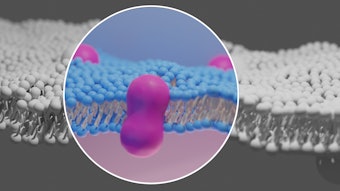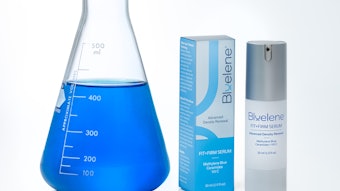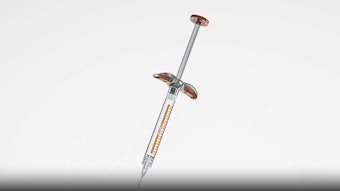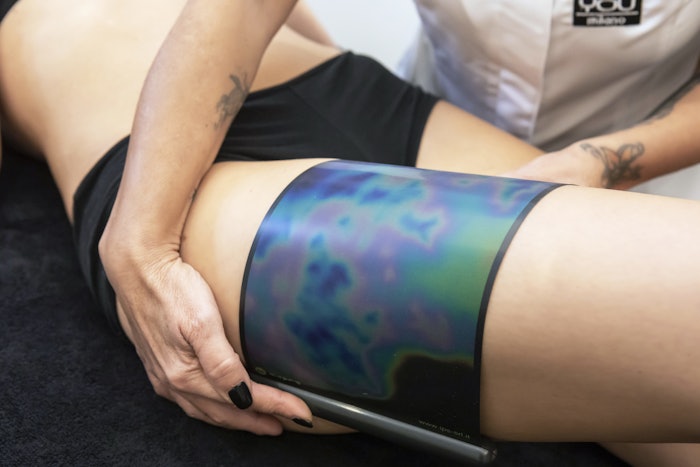
Cellulite, medically referred to as Edematous Fibro-Sclerotic Panniculopathy (E.F.S.P.) or liposclerosis, is a common yet complex condition that affects millions of people, primarily women. Traditionally, cellulite has been dismissed as merely a cosmetic issue, but in reality, it is a reflection of deeper physiological processes involving disruptions in the skin's connective tissue and microcirculation. Cellulite’s treatment and management have long posed a challenge due to its progressive nature and the difficulty in detecting early signs before visible changes occur on the skin. Conventional methods, such as visual assessments or manual palpation, often detect cellulite only when it has reached an advanced stage, where treatment becomes more difficult and less effective. However, the advent of contact thermography is revolutionizing the way cellulite is diagnosed and treated. By detecting and classifying cellulite at its earliest stages, this non-invasive tool allows for timely and personalized interventions that can significantly improve outcomes for clients.
Understanding Cellulite: What Is It?
Cellulite develops as a result of metabolic and microcirculatory issues in the skin and subcutaneous tissue. When these processes are disrupted, fat cells become enlarged and the surrounding connective tissue becomes stiff, leading to the characteristic lumpy, dimpled skin texture, often found on the thighs, hips and buttocks. While cellulite does not pose a direct health risk, it can lead to physical discomfort and emotional distress for those affected.
The condition progresses through several distinct stages:
- Edematous Stage: The initial phase is characterized by water retention and swelling due to poor lymphatic drainage and circulation. Although at the beginning there are no visible skin changes, the underlying tissues are already beginning to show signs of disfunction.
- Fibrous Stage: During this phase, the collagen fibers surrounding the fat cells begin to harden, restricting the flow of fluids and nutrients. The skin starts to take on the “orange peel” appearance, with noticeable dimpling and textural changes.
- Sclerotic Stage: This is the most advanced and severe stage, where the hardened connective tissues form painful nodules beneath the skin. The skin develops a “mattress-like” texture, and treatment becomes much more difficult. In some cases, this stage can be irreversible.
Given the progressive nature of cellulite, early detection is key to preventing the condition from worsening and ensuring that treatment can be both effective and minimally invasive.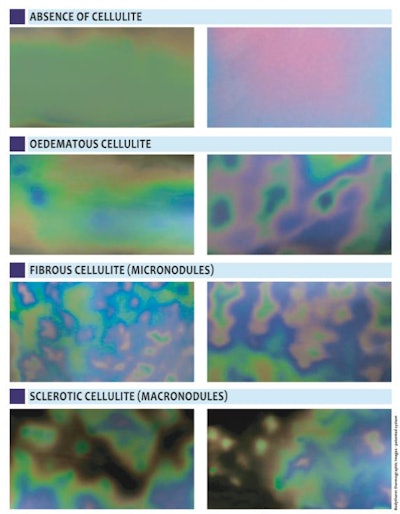 Different stages of cellulite progression.Image courtesy of IPS
Different stages of cellulite progression.Image courtesy of IPS
How Contact Thermography Helps in Cellulite Detection & Management
Contact thermography offers a groundbreaking approach to diagnosing and managing cellulite by detecting temperature variations on the skin's surface. It works by using thermographic plates that map these temperature differences, highlighting areas with altered blood flow or microcirculation, which correspond to different stages of cellulite. The procedure is painless, non-invasive and provides immediate results. Below are some of the key ways that contact thermography is transforming cellulite care:
1. Early Detection
One of the most significant advantages of contact thermography is its ability to detect cellulite even before it becomes visible. Traditional methods rely on detecting physical changes like dimpling, which often occur at later stages. By identifying early-stage cellulite, aesthetics professionals can intervene sooner, potentially preventing the condition from progressing to more severe forms.
2. Stage Classification
Thermographic imaging can differentiate between the three main stages of cellulite: edematous, fibrous and sclerotic. This distinction is critical because each stage requires a different treatment approach. For instance, treatments targeting fluid retention may be effective in the early edematous stage but ineffective in the fibrous or sclerotic stages, where the focus shifts to breaking down hardened collagen fibers.
3. Personalized Treatment Plans
The detailed information provided by contact thermography allows for highly personalized treatment protocols. Aesthetic and medical professionals can tailor their interventions to the specific stage and severity of the condition. For example, early-stage cellulite may respond well to lymphatic drainage techniques or manual massage, while more advanced stages may require the use of specialized machines or other technologies that target fibrosis and hardened tissues.
4. Progress Monitoring
Another significant benefit of contact thermography is its ability to track changes over time. By performing periodic thermographic assessments, specialists can monitor the efficacy of treatments, adjusting protocols as needed to ensure optimal results. This ability to objectively measure progress provides both the client and the beauty expert with valuable insights into the effectiveness of the treatment plan.
5. Patient Engagement
Contact thermography is also a powerful tool for client involvement. By visually showing clients the thermal maps of their affected areas, aesthetics professionals can help them better understand their condition and the need for specific treatments. This transparency reinforces trust and improves client compliance, as they can see for themselves the impact of both the condition and the treatment.
6. AI Integration for Enhanced Accuracy
Modern contact thermography systems now incorporate artificial intelligence (AI) to enhance the accuracy and speed of diagnoses. AI algorithms can automatically interpret thermographic images, identifying patterns and anomalies that correspond to different stages of cellulite. This not only reduces the margin for human error but also ensures consistent, objective evaluations across different clients and sessions. The integration of AI is particularly useful in busy clinical or aesthetic settings, where time and precision are critical.
The Science Behind Contact Thermography
The underlying principle of contact thermography is based on detecting variations in skin temperature, which correspond to different physiological changes occurring beneath the surface. Areas affected by cellulite often exhibit reduced blood flow, especially in the more advanced fibrous or sclerotic stages, leading to cooler temperatures. Conversely, areas with venous stasis or fluid retention, commonly seen in the edematous stage, tend to appear warmer.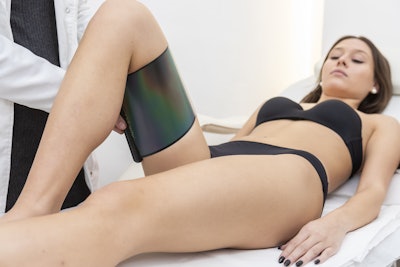 Thermographic imaging allows for precisely tailored treatment plans, honing in on the specific areas and severity of cellulite development.Image courtesy of IPS
Thermographic imaging allows for precisely tailored treatment plans, honing in on the specific areas and severity of cellulite development.Image courtesy of IPS
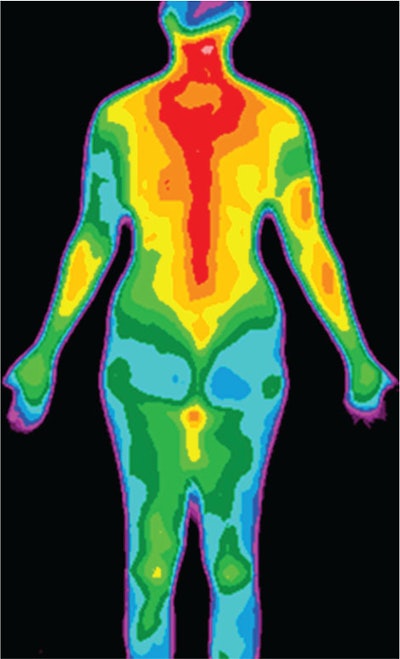 Thermal mapping of variations in skin temperature.Image by anitalvdbat Adobe Stock
Thermal mapping of variations in skin temperature.Image by anitalvdbat Adobe Stock
Advancing Cellulite Treatment with Contact Thermography
Contact thermography represents a significant advancement in cellulite treatment, offering several distinct advantages over traditional diagnostic methods. By enabling the early detection of cellulite and providing detailed insights into its progression, this tool allows for the development of more effective and personalized treatment plans.
Moreover, the ability to monitor changes in real-time empowers both clients and practitioners by providing concrete evidence of treatment success. Clients can feel reassured knowing that their treatment is making a tangible difference, while practitioners can refine and optimize their approach based on objective data.
The incorporation of AI into modern thermography systems is another exciting development, making the process faster, more accurate and easier to integrate into clinical and aesthetic practices. With continued advancements in technology, it is likely that contact thermography will become an indispensable tool for aesthetic and healthcare professionals dealing with cellulite.
Conclusion
Cellulite, once regarded as a purely cosmetic concern, is now recognized as a complex condition involving significant changes in connective tissue and microcirculation. Early detection and intervention are crucial in managing cellulite effectively, and contact thermography offers an innovative solution to this challenge. By detecting subtle temperature variations on the skin's surface, contact thermography allows for the identification and classification of cellulite at its earliest stages, enabling more targeted and effective treatments.
As this technology continues to evolve, with the integration of AI and other cutting-edge features, contact thermography is set to revolutionize the field of cellulite management, offering new hope to millions of people looking for effective ways to address this common condition.
______________
 Courtesy of Maria Quagliardi
Courtesy of Maria Quagliardi
During the 1990s, Maria had the opportunity to work with Professor S.B. Curri, a renowned dermatologist who conducted pioneering research on the use of contact thermography in aesthetics. This experience further enriched her knowledge deepening her understanding of the technology’s applications and potential.
Maria has also contributed to the filing of IPS patents related to contact thermography aesthetic applications.
Throughout her career, she has delivered numerous presentations and led roundtables on contact thermography, sharing her knowledge of its uses and benefits. Most recently, she presented at the International Esthetics, Cosmetics & Spa Conference (IECSC) in Las Vegas in June 2023, where she addressed a global audience of professionals in the beauty and wellness industry.


